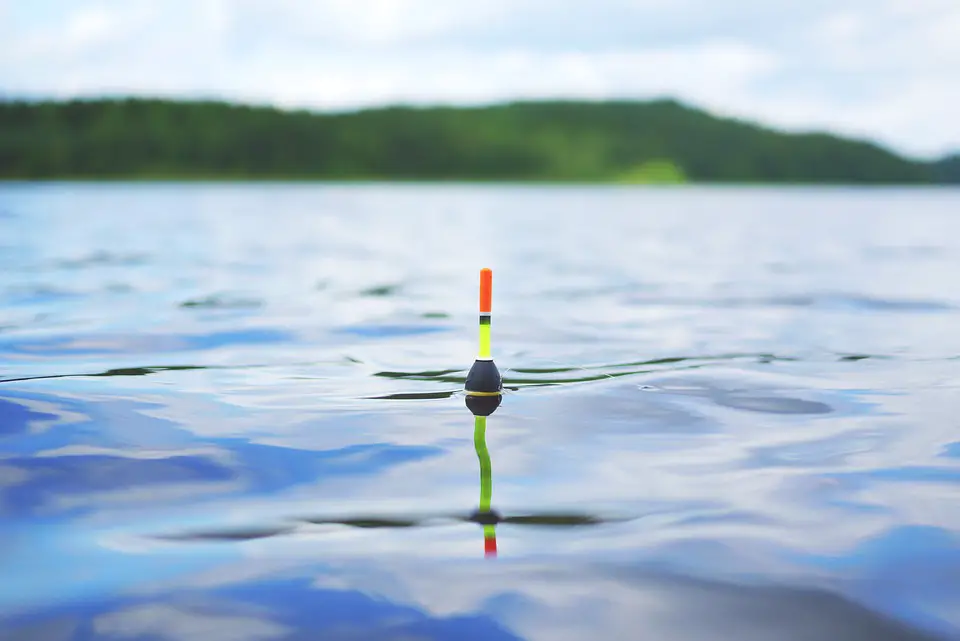Heading out for a day of fishing is a great way to relax and enjoy the outdoors. However, to ensure a successful fishing trip, it’s essential to keep your fishing equipment in top shape. Proper gear maintenance not only extends the lifespan of your equipment but also ensures that it functions properly when you need it most. In this article, we’ll cover everything you need to know about maintaining your fishing gear for optimal performance.
The Importance of Gear Maintenance
Proper gear maintenance is essential to ensure that your fishing equipment performs at its best. Neglecting maintenance can lead to reduced effectiveness, increased likelihood of malfunctions, and shorten the lifespan of your gear. By investing time and effort into maintaining your equipment, you can avoid costly repairs and replacements down the line.
Cleaning and Storage
One of the most important aspects of gear maintenance is keeping your fishing equipment clean and properly stored. After each fishing trip, it’s crucial to rinse your gear with fresh water to remove any salt, dirt, or debris. This is especially important for saltwater fishing, as salt can cause corrosion and damage to your gear. Once cleaned, allow your equipment to fully dry before storing it in a cool, dry place. Proper storage helps prevent rust and mold from forming on your gear.
Reel Maintenance
Your fishing reel is a critical component of your equipment, and regular maintenance is essential to ensure its optimal performance. Periodically, disassemble your reel and clean all parts with a mild degreaser. Apply a small amount of reel grease to the gears and bearings to keep them lubricated. Check for any signs of wear and tear, such as cracks or corrosion, and address any issues promptly to prevent further damage.
Rod Maintenance
Your fishing rod also requires regular maintenance to ensure its longevity. Inspect the rod for any signs of damage, such as nicks or cracks, and repair or replace any damaged sections. Clean the rod with a gentle cleanser and ensure that the guides and reel seat are free of debris. Store your rod in a protective case to prevent damage during transportation and storage.
Checking for Wear and Tear
Regularly inspect your fishing line, hooks, and other terminal tackle for signs of wear and tear. Frayed lines, dull hooks, and damaged tackle can compromise your fishing success and increase the likelihood of lost catches. Replace any worn-out or damaged components to maintain the effectiveness of your gear.
Gear Maintenance Table
| Component | Maintenance |
|---|---|
| Reel | Disassemble, clean, lubricate, and inspect for wear and tear |
| Rod | Inspect for damage, clean, and store in a protective case |
| Fishing Line | Check for wear and tear, replace if necessary |
| Terminal Tackle | Inspect for damage, sharpen hooks, and replace worn-out components |
Conclusion
Maintaining your fishing gear is essential for ensuring a successful and enjoyable fishing experience. By following the proper maintenance procedures, you can extend the lifespan of your equipment and optimize its performance. Regular cleaning, lubrication, and inspection of your gear will help you avoid unexpected malfunctions and costly repairs. With a little effort and attention to detail, you can keep your fishing equipment in top shape for many successful fishing trips to come.
Frequently Asked Questions
1. How often should I clean my fishing gear?
It’s best to clean your gear after every fishing trip to remove salt, dirt, and debris that can cause damage.
2. What type of lubricant should I use for my fishing reel?
Use a quality reel grease that is designed specifically for fishing reels to ensure proper lubrication.
3. Can I use regular soap to clean my fishing rod?
It’s best to use a gentle cleanser that is specifically designed for fishing equipment to avoid damaging the rod.
4. How can I prevent rust on my fishing hooks?
Ensure that your hooks are fully dried and store them in a moisture-free environment to prevent rust formation.
5. What should I look for when inspecting my fishing line?
Check for any fraying, nicks, or abrasions on the line, and replace it if any damage is found.
6. What is the best way to store my fishing gear?
Store your gear in a cool, dry place, and consider using protective cases or bags to prevent damage during storage and transportation.
7. How often should I inspect my terminal tackle?
Inspect your terminal tackle before each fishing trip and replace any worn-out or damaged components.
8. What are the signs that my fishing reel needs maintenance?
You should inspect your reel for any grinding, sticking, or unusual noises, which may indicate that it requires maintenance.
9. Can I use WD-40 to lubricate my fishing reel?
WD-40 is not recommended for lubricating fishing reels, as it can break down the existing lubrication and attract dirt and debris.
10. How can I extend the lifespan of my fishing equipment?
Regular maintenance, proper cleaning, and storage are essential for extending the lifespan of your fishing equipment.

